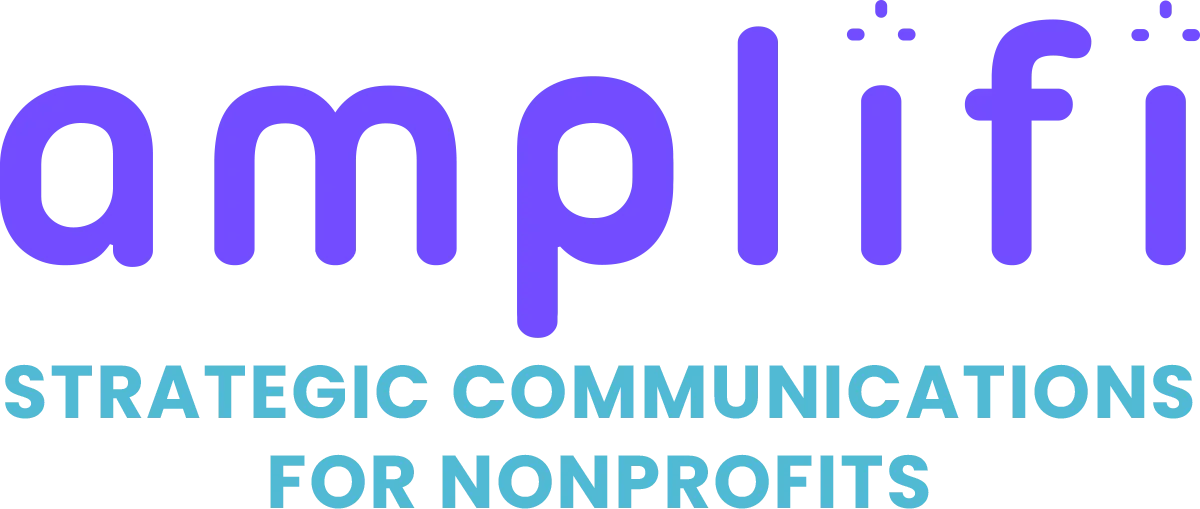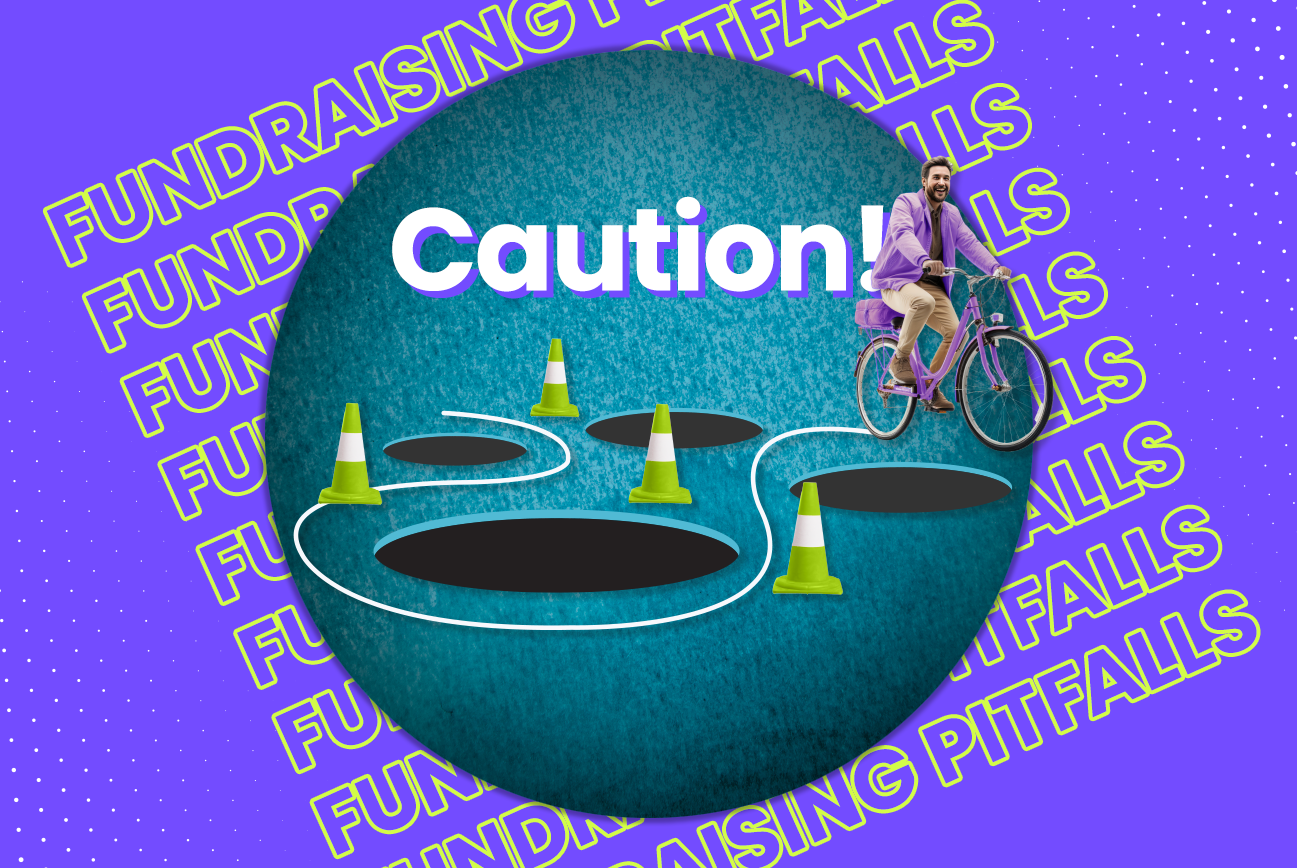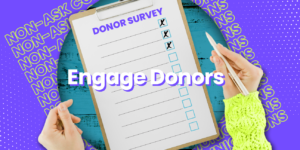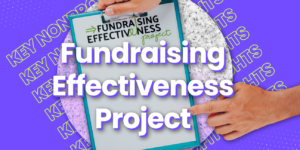Let’s be real. No one is perfect. So, when was the last time you did some soul-searching and asked, “What fundraising communications mistakes are we making, and how do we fix them?”
Whether you’re new to fundraising or have been working at a nonprofit for decades, there’s always room for improvement.
After all, we know no two organizations are alike. Each faces its own unique challenges. But many nonprofits run into the same issues with their outreach strategy. And these common mistakes can cause you to miss out on the support that will help you achieve your mission.
So, read on, ask yourself if you’re guilty of any of the following, and take our advice on what you can do to improve.
You don’t value your data.
Data-driven communications strategies help nonprofits rise above the noise and raise more money. Organizations that don’t use their data to its potential are selling themselves short and missing out on revenue.
They won’t have a deep understanding of their donor base and can’t evaluate their efforts effectively.
But there’s good news! You probably have more data than you think.
First, get your database in order. Then, use what you already know about your donors to build donor profiles and create audience segments based on similar characteristics. This helps you build and send messages that feel more relevant for each recipient.
Your data can also help determine if you’re making other common fundraising communications mistakes. For example, if your emails don’t get a lot of clicks, you might need a stronger call to action.
READ MORE: Easy ways nonprofits use donor data to raise more more.

There’s no balance.
Analyze all the regular communications you send throughout the year. How many of them make an ask?
When donors are asked to give again and again without other meaningful interactions in between, they feel like ATMs.
Varying your outreach is critical to growing relationships with donors and retaining them over time.
So, share success stories about your work and invite donors to volunteer opportunities, in addition to your appeals and thank you’s. And if donors reach out with questions, make sure you respond as soon as you can!
Then, use your data to make these communications more meaningful. It’s easy to say happy birthday and acknowledge donor anniversaries.
Or, if a donor has given to a specific campaign, let them know about your progress toward that goal.
A donor survey is another under-utilized and powerful outreach tool.
You’ll learn more about your donors so you can be more personal with them in the future. Just remember to keep it brief and fun. A survey shouldn’t feel like a chore. It’s a fun non-ask touch point that helps you learn more about your loyal supporters.
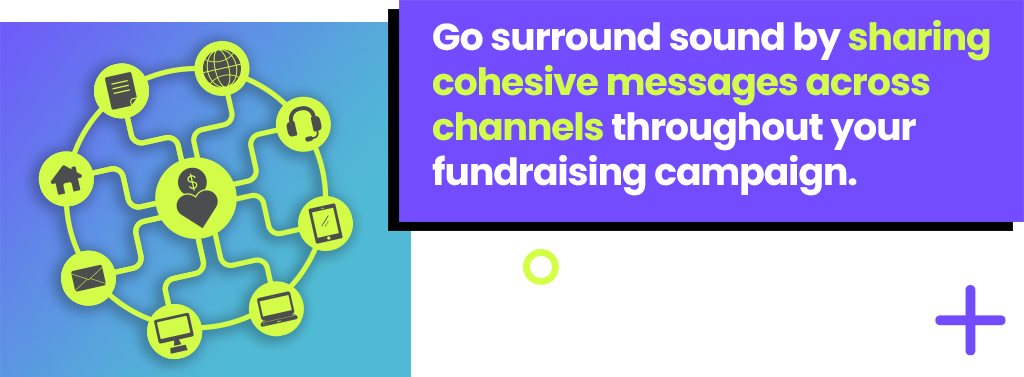
You don’t go surround sound.
We are a culture of consumers, and we are bombarded with thousands of messages every day.
“Drive this car!” “Eat this food! “Support this cause!” “Watch this movie!”
These messages come at us from all directions and in every medium. And it’s easy for your nonprofit’s message to get lost in the clutter. Yet, some organizations just send a direct mail appeal and wait to see how much they raise.
You need to reach your audience with the right message, in the right way, at the right time if you want your communications to stand out.
So, a campaign that uses multiple channels to engage your audience strategically is your best bet.
Try sending an email appeal a week before a regular print appeal. When your mailer is delivered, you might see a new slew of online donations. Your initial email may have inspired donors. But they may not have had a minute to donate then and there. A well-timed direct mail appeal can remind them to go back and finish making their gift.
And don’t forget to apply the integrated approach to all your messaging. You can share a holistic message throughout a campaign by using the same images on your donation page as your appeals, highlighting the story in your appeals on social media, and sending follow up emails.
You’re not being donor-centric.
If your appeals and other communications contain anything about meeting your budget, you have some work ahead of you. Your board members would be interested in how this initiative will help you meet financial goals, but your donors aren’t.
Your nonprofit is the vehicle donors use to make an impact on a cause that is important to them. They are only really interested in how their support furthers your shared goals. So, telling them that your annual fund is 20 percent behind last year isn’t going to inspire giving.
Your appeals and other messages need to be mission-focused and donor-centric.
They should highlight how donors are making an impact. You want your supporters to feel like heroes by doing their part to further the cause, so your communications should put the donor at the center of the story.
Remember, it’s not about what the organization is doing. It’s about what the donor makes possible!
READ MORE: An exercise that will amplifi your next appeal letter.

Your “thank you’s” are lacking.
This is one of the more common fundraising communications mistakes we see. We understand the chaos of working at a nonprofit. Building your stewardship strategy can sometimes slip through the cracks with only so many hours in the day.
But do not fall into this trap!
Be sure to thank donors immediately with an automatic email containing their donation receipt. Then, reach out again within a week with a more personal and heartfelt thank you.
And then don’t let off the gas! It’s important to continue to thank donors and remind them of their impact.
Remember, when communications flow, relationships grow.
READ MORE: Why are you struggling to retain donors?
You understate a donor’s impact.
Too many nonprofits speak in broad terms when explaining how every donation makes an impact. And it’s one of the more common fundraising communications mistakes many nonprofits make!
It’s not enough to say, “Your gift helps provide job opportunities to underserved populations.”
Instead, show your donors how each dollar furthers your mission.
In this scenario, you might say, “Your gift of $50 buys 10 ties so our beneficiaries can dress for success at their next job interview.”
There is no shortage of donors who identify with your cause. If your mission didn’t speak to them, they wouldn’t want to learn more about you in the first place.
But that’s not enough to make a donor want to give. They want to see their gift’s real impact on advancing the values they share with your nonprofit.
You’re unwilling to invest in your outreach.
Money doesn’t grow on trees. So, if you’re not investing the necessary time, resources, and capital into your fundraising communications, you’re not going to bring in as much revenue as you hoped.
For example, let’s say your campaign raises $50,000. That’s great! But that number becomes a lot less impressive if you spend $30,000 getting there. Most of the money your donors are giving goes right out the window.
This is important to remember when considering whether hiring a fundraising agency is right for your nonprofit. Yes, it’s important that as much of your revenue goes towards your goals as possible. But your organization could do much more for the cause if you invest more into fundraising.
For example, depending on the size of your organization and your nonprofit’s budget, you might be ready to invest in fundraising software.
But first, research! You’ll want to consider several factors before determining the right nonprofit solution for your organization. Because yes, fundraising software is a great way to be more effective, but only if it fits your unique needs.
Many nonprofits find themselves in fundraising limbo. They’re understaffed and spread thin, and their board members are resistant to change.
Whether you hire an outside agency or consultant to take charge of an initiative or use that money to add staff and build up your own development department, spending money to raise more money will enable you to have a bigger impact.
How can the right strategic partner help grow your fundraising? Click here to find out!
